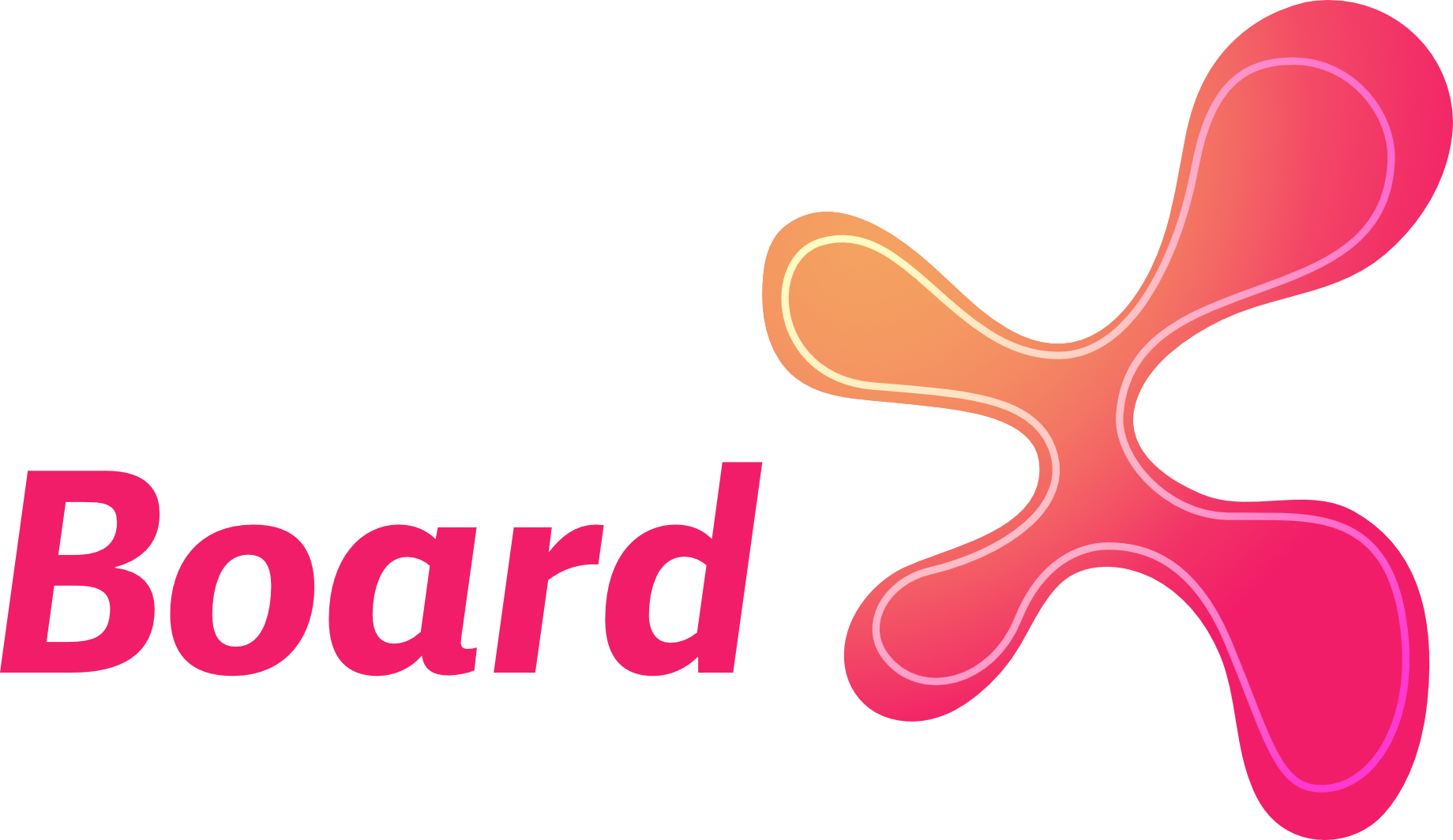Design methods in Design Thinking

Design Thinking involves a range of methods that can be applied at different stages of the process. Here's how they map to the phases of Empathize, Define, Ideate, Prototype, and Test:
1. Empathize
The Empathize phase involves understanding the needs and perspectives of your users. Key methods used in this phase include:
- User Interviews: Speaking directly with users to understand their experiences, needs, and desires.
- Observations: Watching users in their natural environment to understand their behaviors and interactions with products or services.
- Surveys: Gathering quantitative data from users to identify patterns and trends.
- User Shadowing: Following users and observing how they interact with a product or service in their natural environment.
- Empathy Maps: Visualizing what users say, do, think, and feel to gain a deeper understanding of their needs and motivations.
2. Define
The Define phase involves synthesizing your findings from the Empathize phase and defining the problem you are trying to solve. Key methods used in this phase include:
- Persona Development: Creating fictional characters to represent different user types.
- Journey Mapping: Visualizing the process that a user goes through to achieve a goal.
- Affinity Diagramming: Organizing ideas and data into groups based on their natural relationships.
- Problem Statement Framing: Articulating the problem you are trying to solve in a clear, concise way.
- Stakeholder Mapping: Identifying the key people or groups who have a stake in the outcome of the project.
3. Ideate
The Ideate phase involves generating a wide range of possible solutions. Key methods used in this phase include:
- Brainstorming: Generating a large number of ideas.
- Mind Mapping: Creating a visual representation of related ideas to explore different avenues of thought.
- Storyboarding: Visualizing a user's experience with a product or service over time.
- SCAMPER (Substitute, Combine, Adapt, Modify, Put to another use, Eliminate, Reverse): A technique for sparking creativity by thinking about a product or service in new ways.
- Worst Possible Idea: A brainstorming technique where you come up with the worst possible ideas, which can often lead to innovative solutions.
4. Prototype
The Prototype phase involves bringing your solutions to life so you can test them with users. Key methods used in this phase include:
- Rapid Prototyping: Creating a simplified version of a product or feature to see how users interact with it and to test its functionality.
- Storyboarding: Visualizing how a user might interact with a prototype.
- Physical Prototyping: Building a physical model of a product or feature.
- Digital Prototyping: Using software to create a realistic simulation of a product or feature.
- Role Playing: Acting out scenarios to understand how a user might interact with a prototype.
5. Test
The Test phase involves getting feedback from users on your prototypes. Key methods used in this phase include:
- Usability Testing: Observing users as they interact with a product or prototype.
- A/B Testing: Comparing two versions of a prototype to see which one performs better.
- Heat Maps: Visualizing where users click or tap when interacting with a digital prototype.
- User Surveys: Gathering feedback from users about their experience with a prototype.
- Interviews: Speaking directly with users to get their feedback and understand their experience with a prototype.
Remember, the key to successful Design Thinking is to be user-centered, to iterate often, and to be open to learning and adapting based on user feedback.


Comments ()